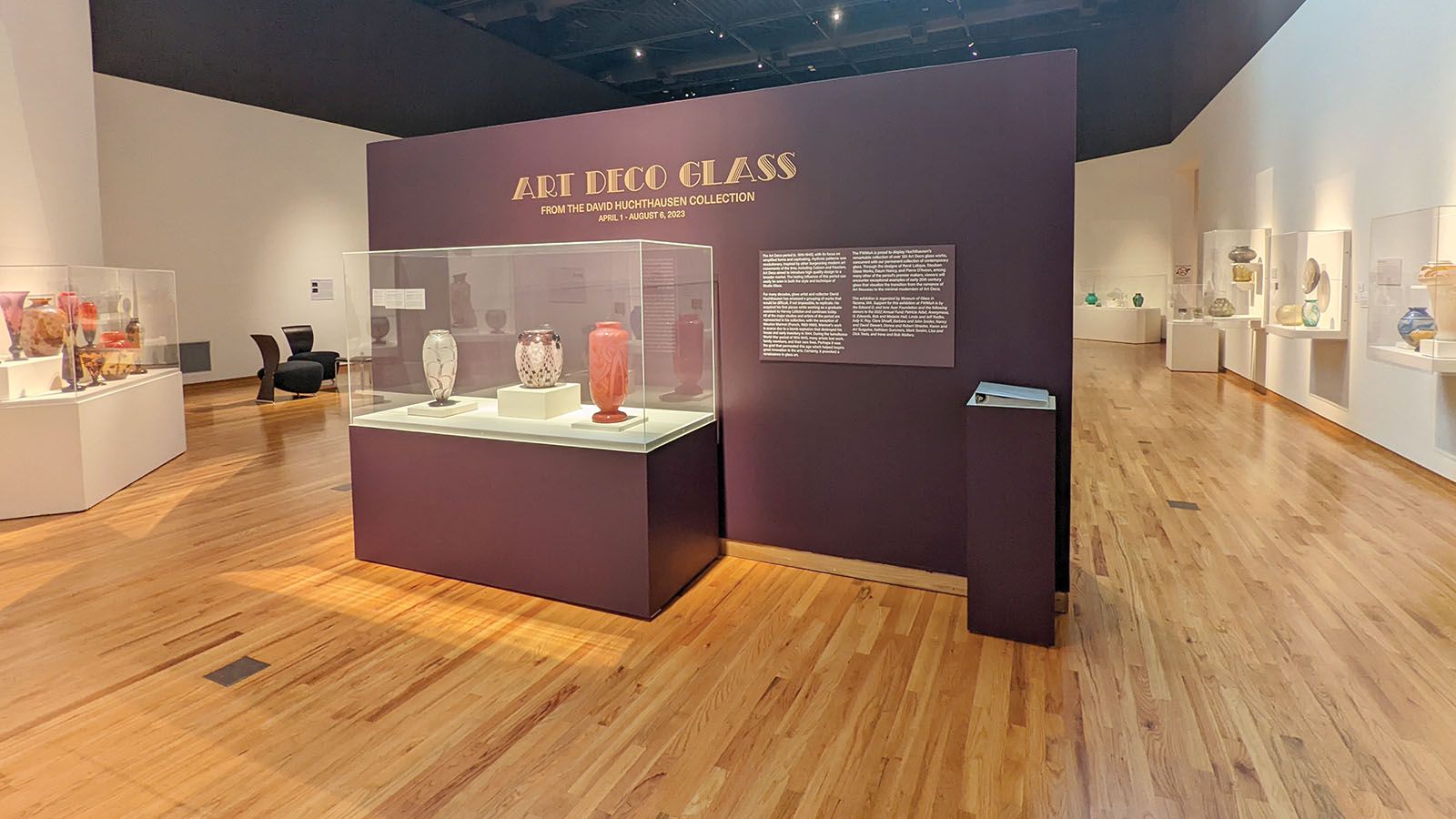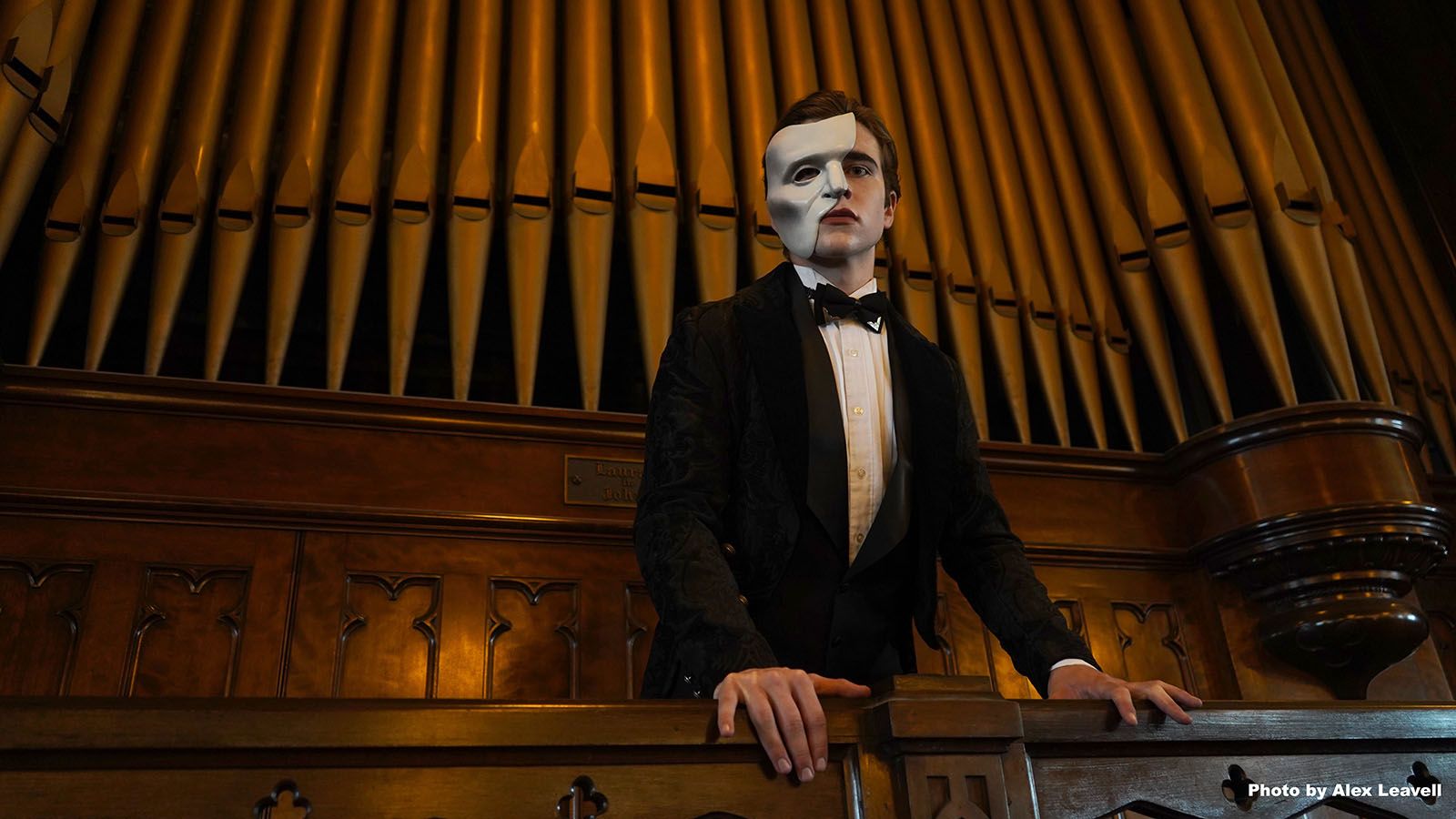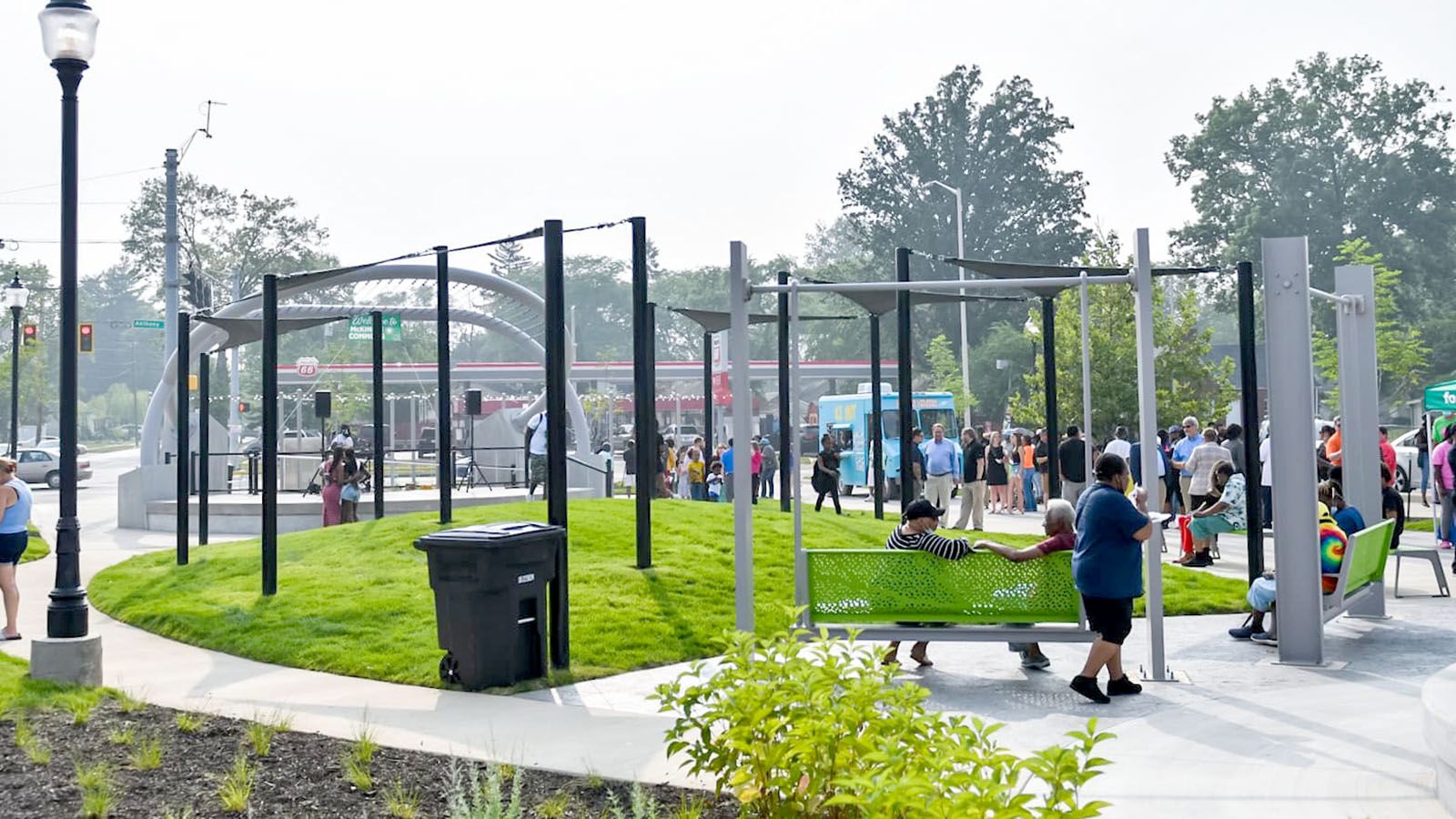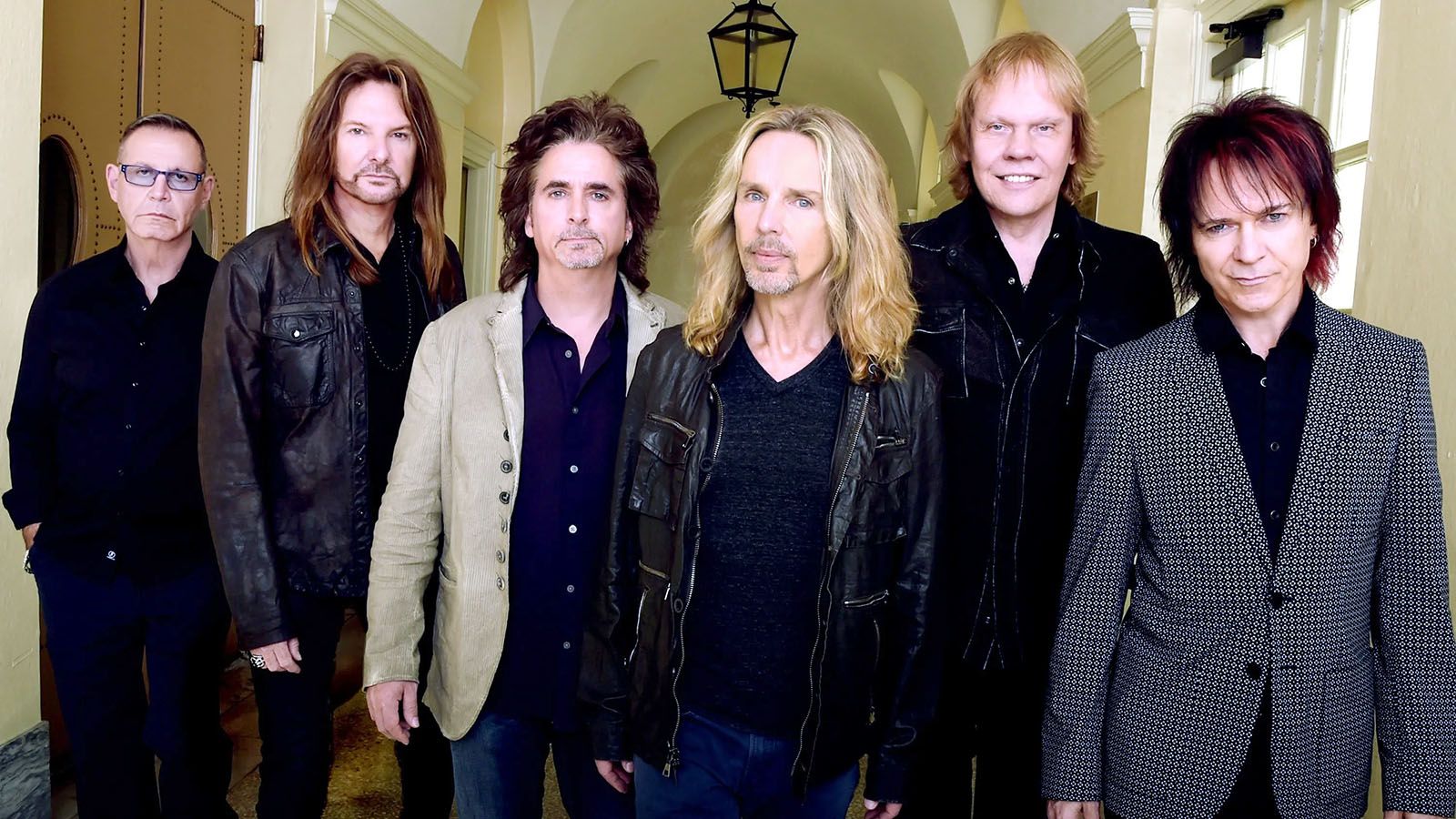Back in our Nov. 16 issue, we told you about Fort Wayne Museum of Art’s dazzling Studio Glass exhibition and the artists around the world that developed a medium of fine art, starting in the 1960s through today.
Charles Shepard, president of the museum, told us how he spent two decades building a collection of studio glass so large that the museum, in what they now call the Glass Wing, can exhibit only about one-fifth of it at a time. He and the museum are determined to build exhibitions that all sorts of people can enjoy, in a well-organized but unpretentious space where folks can come as they are and enjoy what they see, whether they have a background in art or not. The museum is one of my favorite hangs in Fort Wayne.
Open Tuesday-Sunday, entry into the museum ranges from $8-$10, with free admission from 5-8 p.m. every Thursday.
Art Deco Glass
10 a.m.-6 p.m. Tuesday-Wednesday, Friday-Saturday
10 a.m.-8 p.m. Thursday
Noon-5 p.m. Sunday
Through August 6
Fort Wayne Museum of Art
311 E. Main St., Fort Wayne
$8-$10 · (260) 422-6467
Complementary art for the architecture
I made another visit last week. As Educational Director Alyssa Dumire told me, I showed up at a pivotal time of the year for the museum.
As I walked through the Glass Wing, I was glad to see they have brought a lot of new pieces into rotation. It’s a regularly changing scene of wonder-inducing, often whimsical and tremendously colorful pieces, many of which refract light with startling effects that seem like illusions. It’s got a sizable “wow” factor, and kids will enjoy it, too.
My reason for this visit, however, is Art Deco Glass from the David Huchthausen Collection, which opened April 1 and runs through Aug. 6. Huchthausen is a leading contemporary studio glass artist, and he wanted to present his personal collection of earlier art that inspired his work. The exhibition is on loan from the Museum of Glass in Tacoma, Washington.
Go to the Fort Wayne Museum of Art’s channel on YouTube and watch the 10-minute Curator’s Tour: Art Deco Glass video, hosted by associate curator Jenna Gilley, to see what’s in store.
The art deco movement, in jewelry and glass, is most associated with the turn-of-the-century French designer René Lalique, providing a bridge from the earlier Art Nouveau movement. Art deco is a style of art and design that flourished from about 1910-1940.
I asked Dumire to tell me about the broader forces involved.
When you say art deco, “I think more of architecture than of art itself.” she said. “So you think of buildings like the Empire State or the Chrysler (in New York) or the Lincoln Tower here in Fort Wayne. The glass in this exhibit was designed to complement those new, modern styles of architecture and design. It’s from a time period when the world was changing a lot.
“There were a lot of advancements of technology that enabled those kinds of big skyscrapers to take shape, and also there were a lot of advancements in the production of glass that allowed them to mass produce these beautiful housewares that were really works of art, but anybody could have in their home.
“Walking into the exhibit, you might imagine your surroundings in some beautiful modern home from the time period, or one of those skyscrapers, and then the kinds of works that would decorate the interiors of those places.”
‘Foot in both worlds’
I saw many objects that are stately, elegant, and especially colorful. Some evoke ancient Egyptian and traditional Japanese themes, animals, and flowers. As an aside, you should consider that as a European movement, art deco lived through the fires of World War I, the struggles of the Great Depression, and the battlefields of World War II. Not to dwell on it, but great art often flourishes in conflict.
“They are pieces that were mass produced but didn’t look like it,” Dumire said. “They looked like these beautiful works of art.
“A lot of contemporary studio glass artists acknowledge that history in their work and look back to those more industrial processes. There’s even a bit of overlap between the studio glass exhibit and our Glass Wing. Some of those designers had a foot in both worlds.”
Speaking of, the museum recently put on display the most incredible piece in their collection, the newly created Spring Dawn Kimono by Eric Markow and Thom Norris, in a medium they invented. It’s a life-size Japanese woman’s kimono made of strands of glass that were melted and woven together on a mannequin form with arms outstretched and the frozen glass fabric flowing down, displaying shimmering green springtime scenes. You can stand up close and marvel at the fantastic detail and skill involved.
Plenty on horizon
There’s a lot more going on this month, too, as new exhibitions open.
Transformed Spaces: Art Beyond the Frame opened July 1 and runs through Sept. 10 with contemporary works by Brett Amory, Dennis McNett, Joel Daniel Phillips, Lucien Shapiro, and Chuck Sperry that reach out in three dimensions.
An American Renaissance in Fort Wayne: Muralists from the Allen County Courthouse opens July 15 and tells the stories of the painters Charles Holloway and Carl Gutherz and the colossal murals in our famous Beaux-Arts courthouse dedicated in 1902. With allegorical representations of law and order, they provide a glimpse into turn-of-the-century values and their interpretation of the region’s history. The exhibition leads up to Fort Wayne’s Be a Tourist in Your Own Home Town on Sept. 10, when the courthouse is open to the public.
Most intriguing is Poetry in Painting: Scenes from Fort Wayne’s Sister City Taizhou, China, running July 22-Sept. 17. Our sister city boasts the Jiufeng Landscape Painting Academy. Six artists: Tao Ji, Chen Jiali, Chen Rongjun, Chen Tianye, Dai Xuezhao, and Xin Yunying, will be sending a collection of striking landscapes in the traditional Chinese style.
The museum is partnering with Beyond Van Gogh: The Immersive Experience, open through Aug. 10 at Memorial Coliseum, presenting representations of Van Gogh’s works.
As with everything in this museum, it’s a poverty to try to explain it in words, or even to watch a video. You have walk through and see it. So, go to Fort Wayne Museum of Art website at fwmoa.org and plan a visit. You might just be amazed at something in every room.





